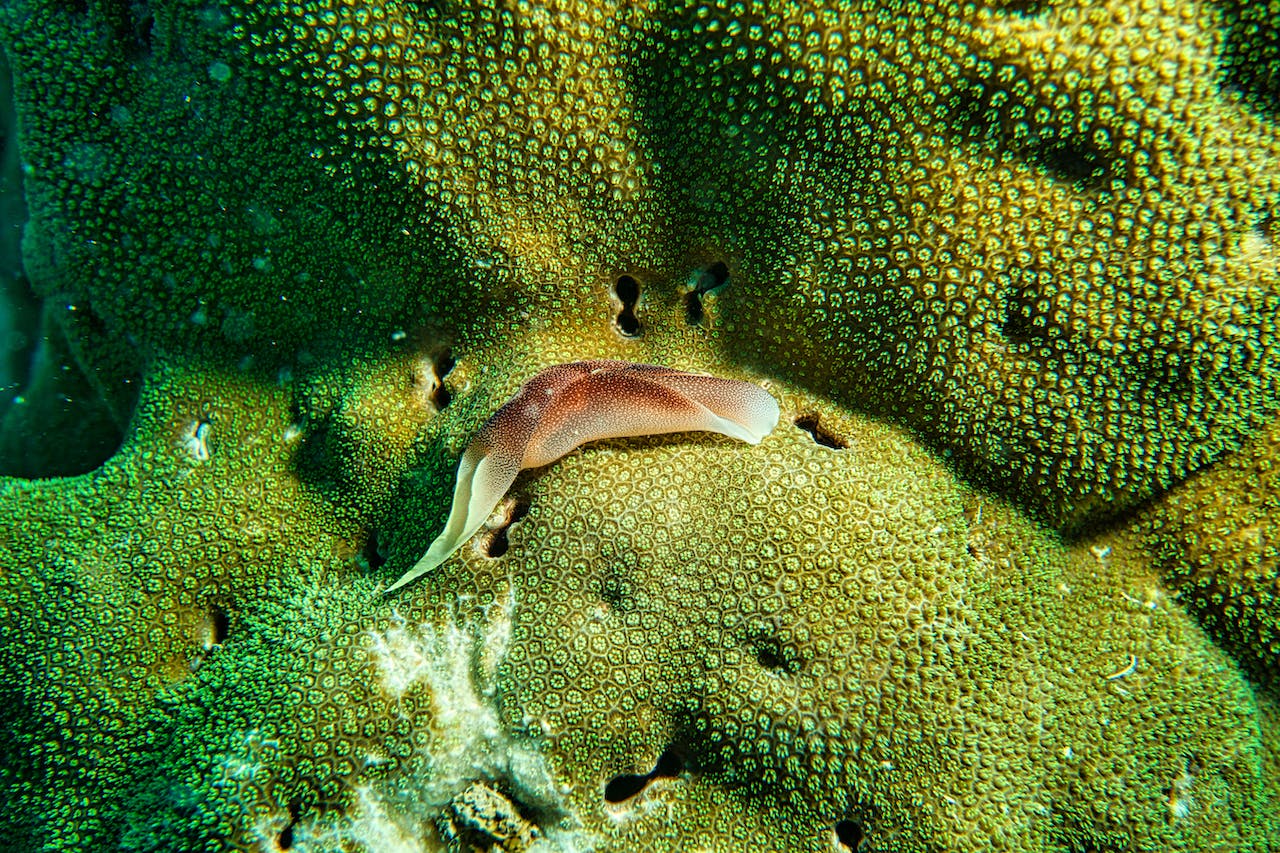Even with all the research and explorations over the centuries, the fact is that most of our planet remains unexplored. This is not due to the lack of willingness or curiosity, but the sheer vastness of these untraversed depths.
Since most of Earth is underwater, this means that the depths of the oceans and seas are still mostly a mystery to us. The beds are simply too deep for even the most experienced divers to reach, while there must be several undiscovered species and wonders along the way. Marine biologists and researchers are no doubt attempting to further the limits of underwater exploration, but we’re still a far way off from accessing the whole ocean.
However, we already have knowledge of several strange creatures from the ocean depths as well as from the sea. One of the most interesting of these is the Leaf Sheep, otherwise known as the leaf sea slug. This is a weird-looking thing that’s sure to fascinate children and adults alike. If you’re interested in biology, sea creatures, or fascinating processes of any kind, this little slug will probably capture your attention. Let’s take a closer look at the creature and see just what makes it so fascinating:
About the Leaf Sheep
The scientific name of this sea slug is Costasiella kuroshimae. While it’s technically a sea slug, it’s nothing like the drab, plain gray slugs we have on land. This particular sea slug is actually indescribable in a way, though it might be best depicted by the term ‘cartoon sheep’. This is because it had a number of wool-like protrusions all over its body. These are not just parts of an interesting body structure, though. The leaf sea slug actually photosynthesizes algae inside those tiny tube-like elements.
As many of us earned in grade school, the act of photosynthesizing is mainly done by plants, not animals. This is the process through which a plant, tree, or any other form of vegetation gets its food from the sun. The leaves are mainly responsible for this process, hence the name ‘leaf sheep’. Since this is an ocean creature involved in the process of photosynthesis, it makes for a fascinating study.
The size of the leaf sheep is quite tiny, not much more than a length of around 5 mm on average. They’re located near the Philippines, Japan, and Indonesia. These might not be the only animals that are able to perform photosynthesis, but the pool remains a very small one. Other than the leaf sheep sea slug itself, all other animals that can photosensitize are part of the sacoglossa sea slug clade.
The Process of Photosynthesis
One might rightly wonder how a sea creature like the leaf tree or sheep slug can perform photosynthesis. They actually do this by consuming algae and sucking out its chloroplasts. This helps them incorporate the elements inside their bodies. The method here is known as kleptoplasty. ‘Klepto’ means ‘to steal’, which is an accurate description of how the sheep sea slug gets its nourishment.
Other Forms of Sea Slugs
If we want to see some other kinds of sea slugs that can perform the same action, the information is available out there. A David Attenborough special deals especially with this topic. However, the other kinds of slugs aren’t as fascinating as the sheep sea slug on an aesthetic level. The leaf or sheep sea slug actually looks quite pretty when the algae are processing inside of it. They hence make for more interesting pictures and videos as well.
Some even say that the ‘face’ of this sea slug is like a sheep, with a lovely plumage and pinkish cheeks. The plumage here is greenish, which is another reason for the name ‘leaf sea slug’. The effect can be uncanny and even creepy if we don’t know what to expect.
However, any other relation to a sheep ends with this resemblance, as there’s no evidence of the two species being connected much. This slug simple eats greenery like a sheep does and has a face resembling the land animal.
In fact, some observers might note that the face of the sheep sea slug actually looks more like a cow with horns. This is due to the two pointy-looking danglers on either side of the slug’s face, which have a different color than the rest of the foliage.
As for the ‘leafy’ foliage on this sea slug, there are several types and varieties of this feature. This is yet another similarity to leaves that’s worth noting when talking about the leaf sea slug. When in action, the ‘leaves’ might even take on a slightly glowing effect, or at least it seems that way in certain pictures. The tips of the foliage could also have pink tips, though the final appearance really depends on each individual member of the species.
Incidentally, the frogfish is a truly bizarre creature as well, so be sure to look that up next.
However, we must keep in mind that this species of sea slug isn’t very good at the process of photosynthesis through kleptoplasty. They usually survive due to the algae they eat, but the chloroplasts they retain can also tide them over for several months.
Conclusion
While it might seem like the leaf sea slug is something out of a cartoonist’s imagination, the truth is that these creatures actually do exist. They could make for an interesting study, especially if you have a young kid around who needs a unique idea for a science project. If nothing else, the idea of a pretty, sheep-like sea slug is unique enough to study for its own sake.
The deeper we delve into the world of nature, the more fascinated we’d be; there are even some slugs that resemble bunnies. Furthermore, here are some strange and unusual insects that might be of interest to those who find these sea slugs fascinating.

